Changing Moods With Sleep And Light

Changing Moods with Sleep and Light
Pregnant with her first child, Monica Bryan noticed changes in her mood and energy levels. That’s when she heard about a UC San Diego School of Medicine clinical study aimed at using sleep and light therapies instead of medication to treat premenstrual, pregnancy, postpartum and menopausal depression.
Barbara Parry, MD, professor of psychiatry at UC San Diego School of Medicine, says the mood changes a woman undergoes before menstruation and during pregnancy, postpartum and menopause may result from the effect of a hormonal change on circadian rhythms. These circadian rhythm changes are akin to what occurs in jet lag when sleep and hormonal changes become “out of synch” with each other.
“The circadian rhythms of people who suffer from depression are off balance,” said Parry. “In women who develop depression during pregnancy, for example, melatonin, the hormone that anticipates the arrival of nighttime, is secreted earlier, and sleep onset occurs later, affecting the perceived quality of sleep.”
These disturbances in the body’s circadian rhythms can be triggered by changes in reproductive hormones that occur during the menstrual cycle, the peripartum period and menopause, resulting in an increased vulnerability to mood disorders. The noninvasive trial uses sleep and light therapy as a way to correct these biological rhythm disturbances, and thereby, improve mood. The trial is open to women with and without depressive symptoms related to the reproductive cycle, and compensation is available.
For two weeks, Bryan completed daily and weekly mood ratings and weekly clinic visits as part of the evaluation period. This study phase was followed by monitoring of her melatonin levels at home. Her activity levels were recorded via a wrist-mounted fitness band that measures activity and light exposure to assess the relationship between melatonin and activity and rest cycles.
After all baseline information was gathered, Bryan began the one-week intervention phase, which included one night of altered and shortened sleep cycle followed by light therapy. During this time the fitness band continued to record sleep, activity and light exposure.
Participation in the trial didn’t require much effort, said Bryan. She kept a daily log of her mood ratings and how much time she spent indoors and outdoors. Beyond that, the only added requirement was spending one hour after waking sitting in front of a light box.
“I spent the hour watching television, reading or catching up on what I missed the day before on my phone,” said Bryan. “There was no problem taking a little bit of time for myself in the mornings.”
Read more here For more information about the sleep and light therapy clinical trials, please call 619-543-7393
More Posts from Curiositytherover and Others
4 Fun Facts Animated by Teachers
Last week, the TED-Ed Animation Team facilitated animation workshops with TED-Ed Innovative Educators. We introduced them to basic stop-motion tricks and techniques in hopes that they would begin to incorporate animation into their classroom projects - and based on the results, we think they are up to the challenge!
Earlier this fall, we sourced some fun facts from the educators themselves, and then tasked them with visualizing that very information. We used tablets with #istopmotion to shoot the animation, and basic household objects and school supplies as props and materials. We dare say that you, too, can do this from home!

1. When an object’s mass doubles, its kinetic energy also doubles, but when an object’s SPEED doubles, its kinetic energy quadruples.
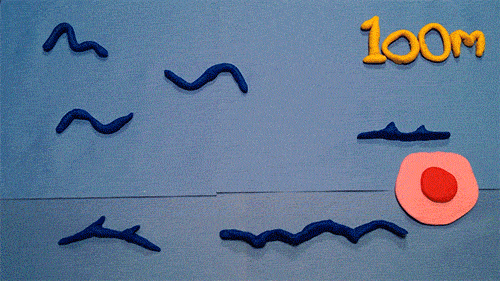
2. If a male sperm was the size of a human being, it would swim the 100 metre freestyle in half of the world record time.

3. Approximately one word is added to the English language every two hours.

4. If you condensed the Earth’s history into 24 hours, humans wouldn’t exist until 11:58pm.










These are the Most Incredible Photos Shot by NASA’s Cassini Probe
The Cassini space probe has captured its fair share of eye-popping photos since launching in 1997 and arriving in Saturn’s orbit in 2004. Here’s a collection of some of Cassini’s most remarkable photographs. Many of them were compiled by Reddit user I_Say_I_Say, and others were featured here before or obtained from NASA’s website: You can find a massive collection of Cassini’s photos in the mission gallery on NASA’s website.Thanks Petapixel
1.A massive storm stretching across the surface of the planet. 2.Saturn’s gradation and rings. 3.Three of Saturn’s moons (Titan, Mimas, and Rhea) captured in a single photo. 4.Saturn casting a shadow on its rings. 5.Saturn’s icy moon Enceladus. 6.Saturn, its rings, and its moon Dione. 7. Earth seen as a pale blue dot under Saturn’s rings. 8.Saturn’s moon Rhea hovering in front of Saturn’s largest moon, Titan. 9.Saturn casting its shadow on its rings. 10.Saturn and its moon Titan
Like our new Art on Facebook Posted by Andrew
Chasing Storms at 17,500mph
Flying 250 miles above the Earth aboard the International Space Station has given me the unique vantage point from which to view our planet. Spending a year in space has given me the unique opportunity to see a wide range of spectacular storm systems in space and on Earth.
The recent blizzard was remarkably visible from space. I took several photos of the first big storm system on Earth of year 2016 as it moved across the East Coast, Chicago and Washington D.C. Since my time here on the space station began in March 2015, I’ve been able to capture an array of storms on Earth and in space, ranging from hurricanes and dust storms to solar storms and most recently a rare thunder snowstorm.

Blizzard 2016

Hurricane Patricia 2015

Hurricane Joaquin 2015

Dust Storm in the Red Sea 2015

Dust Storm of Gobi Desert 2015

Aurora Solar Storm 2015

Aurora Solar Storm 2016

Thunderstorm over Italy 2015

Lightning and Aurora 2016

Rare Thunder Snowstorm 2016
Follow my Year In Space on Twitter, Facebook and Instagram.
Hitchhiking a Ride to Space
Have you ever packed for a long trip with a friend and ran out of space in your suitcase? Maybe your friend was nice and let your spare items hitchhike a ride in their bag? The following science experiments are doing something similar on our Space Launch System rocket.

Our Space Launch System (SLS) will be the most powerful rocket we’ve ever built and will enable astronauts in the Orion spacecraft to travel deeper into the solar system. This advanced launch vehicle will launch astronauts to an asteroid and eventually to Mars, while opening new possibilities for other payloads including robotic scientific missions to places like Mars, Saturn and Jupiter.

The primary goal of SLS and the Orion spacecraft is to launch future crewed, deep space missions. That said, an added bonus of this powerful rocket is the extra science it can carry. On it’s first mission (known as Exploration Mission-1, EM-1) SLS will carry 13 CubeSats (small satellites, each the size of a large shoebox) on its first flight as secondary payloads. These small satellites will perform various in-space experiments. In a way, these 13 CubeSats are ‘space hitchhikers’, catching a ride to deep space where they can gather data valuable to future exploration missions.

How were these 13 experiments selected? Great question. They were selected through a series of announcements of flight opportunities, a public contest and negations with our international partners.
These secondary payloads have a vast array of functions, from taking pictures of asteroids, to using yeast to detect impacts of deep-space radiation. Each month we will highlight one of these experiments on Tumblr and talk about all the exciting science they will do. Just to give you an idea of what these shoebox-sized satellites will do, we’ll give you a preview:
1. NEA Scout

NEA Scout, stands for: Near-Earth Asteroid Scout. This CubeSat will investigate an asteroid, taking pictures and observe its position in space.
2. BioSentinel

BioSentinel will be the first time living organisms have traveled to deep space in more than 40 years. It will use yeast to detect, measure and compare the impact of deep-space radiation on living organisms over long durations in deep space.
3. Lunar Flashlight

This experiment will look for ice deposits and identify locations where resources may be extracted from the lunar surface. It will demonstrate the capability to scout for useful materials and resources from lunar orbit.
4. Skyfire

Lockheed Martin’s Skyfire will perform a lunar flyby, collecting data to address both Moon and Mars Strategic Knowledge Gaps, or gaps in information required to reduce risk, increase effectiveness and improve the design of robotic and human space exploration missions, for surface characterization, remote sensing and site selection.
5. Lunar IceCube

Morehead State University’s Lunar IceCube will look for water in ice, liquid and vapor forms from a very low orbit of only 62 miles above the surface of the moon. The ability to search for useful resources can potentially help astronauts manufacture fuel and necessities to sustain a crew.
6. CuSP

The CubeSat mission to study Solar Particles, or CuSP, will be the first protype of an interplanetary CubeSat space weather station. It will observe space weather events hours before they reach Earth.
7. Luna-H-Map

Lunar Polar Hydrogen Mapper (LunaH) will enter a polar orbit around the moon with a low altitude. From there, it will produce maps of near-surface hydrogen.
8, 9, 10. Three Tournament Payloads

Three of the payloads riding along on this journey will be the winners of the Ground Tournaments portion of our CubeQuest Challenge. This challenge is designed to foster innovation in small spacecraft propulsion and communications techniques. Learn more about this challenge HERE.
11, 12, 13. International Partners
The remaining three payloads are reserved for international partners, and will be announced at a later time.
To stay updated on these experiments, visit: http://www.nasa.gov/launching-science-and-technology.html
Make sure to follow us on Tumblr for your regular dose of space: http://nasa.tumblr.com
Gravity, who needs it
Houston TX (SPX) Nov 20, 2015 What happens to your body in space? NASA’s Human Research Program has been unfolding answers for over a decade. Space is a dangerous, unfriendly place. Isolated from family and friends, exposed to radiation that could increase your lifetime risk for cancer, a diet high in freeze-dried food, required daily exercise to keep your muscles and bones from deteriorating, a carefully scripted high-tempo Full article
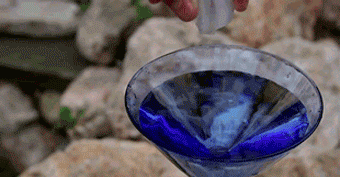

“Zeno Effect” Verified: Atoms Won’t Move When They’re Being Watched
Remember playing Super Mario Bros. 3 as a kid (okay, maybe as an adult, too) and encountering Boos? The sneaky ghosts would only move when you weren’t watching them. Well, Cornell physicists proved that, much like the fictional enemies from the Mario universe, a quantum system can’t change while you’re watching it.
Learn about the physics behind the find: http://futurism.com/links/20727/

When your little sister discovers and sends you the classic science nerd posts
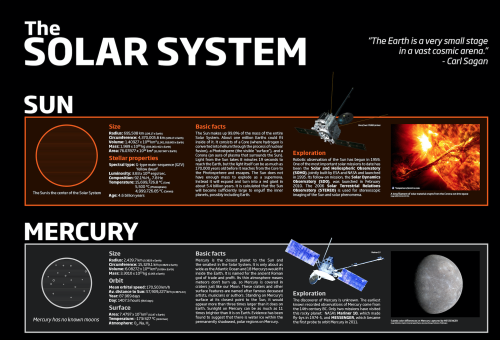
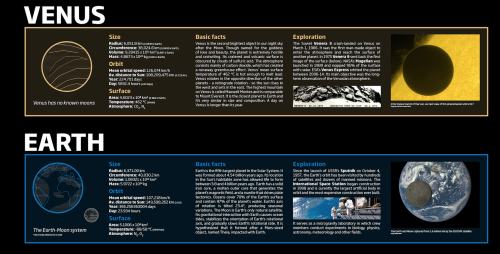
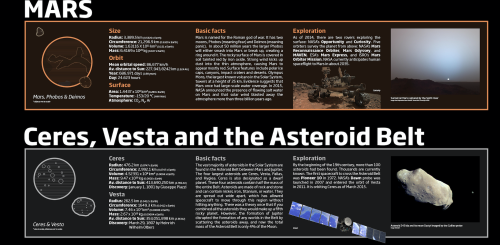
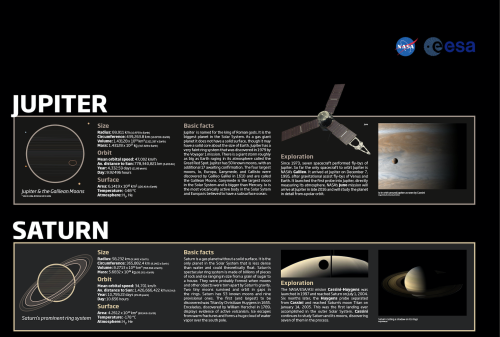
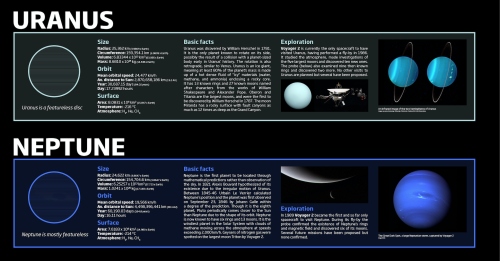
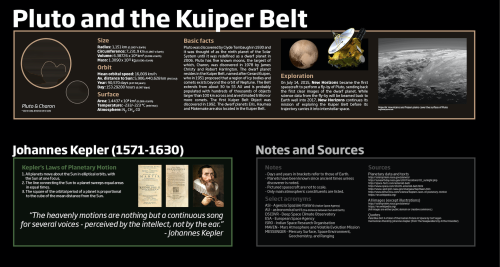
The Solar System

Australia’s using drones to protect its coasts from sharks
-
 cosita-seria reblogged this · 9 years ago
cosita-seria reblogged this · 9 years ago -
 secretporcupine reblogged this · 9 years ago
secretporcupine reblogged this · 9 years ago -
 secretporcupine liked this · 9 years ago
secretporcupine liked this · 9 years ago -
 anruik reblogged this · 9 years ago
anruik reblogged this · 9 years ago -
 red-panda-returns liked this · 9 years ago
red-panda-returns liked this · 9 years ago -
 andrew--deyoung liked this · 9 years ago
andrew--deyoung liked this · 9 years ago -
 gothslob liked this · 9 years ago
gothslob liked this · 9 years ago -
 tiffani-in-a-fit liked this · 9 years ago
tiffani-in-a-fit liked this · 9 years ago -
 rubylovebird24 liked this · 9 years ago
rubylovebird24 liked this · 9 years ago -
 heacher reblogged this · 9 years ago
heacher reblogged this · 9 years ago -
 heacher liked this · 9 years ago
heacher liked this · 9 years ago -
 atcoops167-blog liked this · 9 years ago
atcoops167-blog liked this · 9 years ago -
 bee-flight reblogged this · 9 years ago
bee-flight reblogged this · 9 years ago -
 bee-flight liked this · 9 years ago
bee-flight liked this · 9 years ago -
 hufflepoot liked this · 9 years ago
hufflepoot liked this · 9 years ago -
 nadie-olvida-nada liked this · 9 years ago
nadie-olvida-nada liked this · 9 years ago -
 astavier liked this · 9 years ago
astavier liked this · 9 years ago -
 babynymphea reblogged this · 9 years ago
babynymphea reblogged this · 9 years ago -
 marsegovi liked this · 9 years ago
marsegovi liked this · 9 years ago -
 neuronlover reblogged this · 9 years ago
neuronlover reblogged this · 9 years ago -
 bcraft93 reblogged this · 9 years ago
bcraft93 reblogged this · 9 years ago -
 sufustah liked this · 9 years ago
sufustah liked this · 9 years ago -
 theolduvaigorge liked this · 9 years ago
theolduvaigorge liked this · 9 years ago -
 allmylovewifeandpug reblogged this · 9 years ago
allmylovewifeandpug reblogged this · 9 years ago -
 allmylovewifeandpug liked this · 9 years ago
allmylovewifeandpug liked this · 9 years ago -
 eponasfoal reblogged this · 9 years ago
eponasfoal reblogged this · 9 years ago -
 slightlylowercase liked this · 9 years ago
slightlylowercase liked this · 9 years ago -
 jumbutlya reblogged this · 9 years ago
jumbutlya reblogged this · 9 years ago -
 imedic liked this · 9 years ago
imedic liked this · 9 years ago -
 gliaconfiguration liked this · 9 years ago
gliaconfiguration liked this · 9 years ago -
 brainbanks reblogged this · 9 years ago
brainbanks reblogged this · 9 years ago -
 blahbobloblaw liked this · 9 years ago
blahbobloblaw liked this · 9 years ago -
 thewindswildestwhispers reblogged this · 9 years ago
thewindswildestwhispers reblogged this · 9 years ago -
 twitt-twatt liked this · 9 years ago
twitt-twatt liked this · 9 years ago -
 onehippocampus liked this · 9 years ago
onehippocampus liked this · 9 years ago -
 the-sight-of-the-stars liked this · 9 years ago
the-sight-of-the-stars liked this · 9 years ago -
 tbdmsdmlm liked this · 9 years ago
tbdmsdmlm liked this · 9 years ago -
 listentoyourheartinme liked this · 9 years ago
listentoyourheartinme liked this · 9 years ago